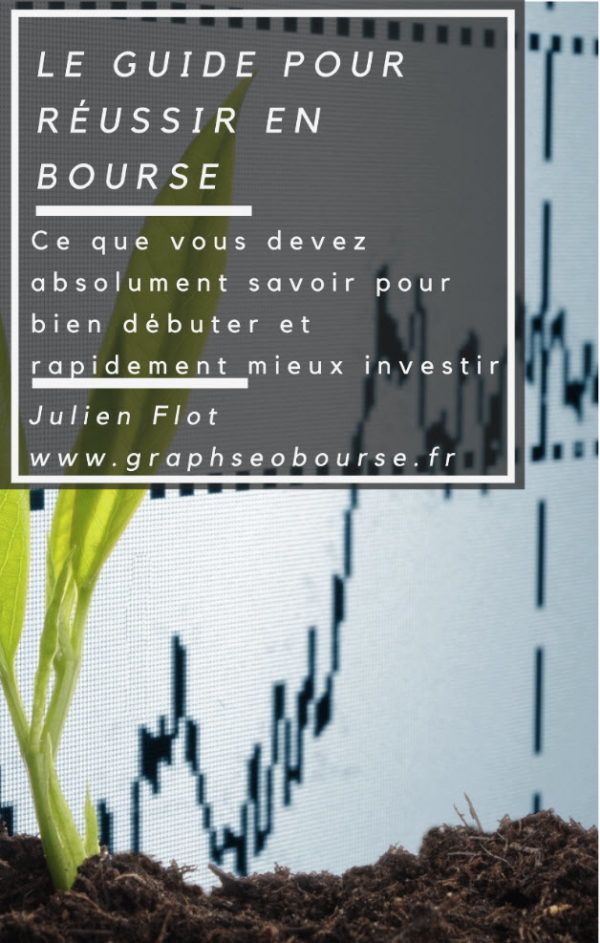- “The median price-to-revenue ratio of the S&P 500 is now at an historic high, eclipsing even the 2000 level.
- The Shiller P/E is above 25, exceeding all observations prior to the late-1990s’ bubble except for three weeks in 1929.
- Market cap-to-GDP is already past its 2007 peak and is approaching the 2000 extreme. (This ratio is stretched at over two standard deviations above its long-term average.
- The implied profit margin in the Shiller P/E (denominator of Shiller P/E divided by S&P 500 revenue) is 18% above the historical norm. On normal profit margins, the Shiller P/E would already be 30.
- If one examines the data, these raw valuation measures typically have a fraction of the relationship to subsequent S&P 500 total returns as measures that adjust for the cyclicality of profit margins (or are unaffected by those variations), such as Shiller P/E, price-to-revenue, market cap-to-GDP and even price-to-cyclically-adjusted-forward-operating-earnings.
- Because the deficit of one sector must emerge as the surplus of another, one can show that corporate profits (as a share of GDP) move inversely to the sum of government and private savings, particularly with a four- to six-quarter lag. The record profit margins of recent years are the mirror-image of record deficits in combined government and household savings, which began to normalize about a few quarters ago. The impact on profit margins is almost entirely ahead of us.
- The impact of 10-year Treasury yields (duration 8.8 years) on an equity market with a 50-year duration (duration in equities mathematically works out to be close to the price-to-dividend ratio) is far smaller than one would assume. Ten-year bonds are too short to impact the discount rate applied to the long tail of cash flows that equities represent. In fact, prior to 1970, and since the late-1990s, bond yields and stock yields have had a negative correlation. The positive correlation between bond yields and equity yields is entirely a reflection of the strong inflation-disinflation cycle from 1970 to about 1998.”
source: the street.com
Note: Tous les trades sont discutés, annoncés et partagés en temps réel sur L'Académie des Graphs.
Sur le site public ici, Le portefeuille est mis à jour une fois par jour vers midi. Le portefeuille représente mes convictions personnelles consolidées (de mes différents courtiers) et n'est pas pas une incitation à l'achat ni à la vente. Il s'agit de mon portefeuille dynamique donc agressif. J'ai un autre portefeuille bas de laine long terme diffusé exclusivement sur l'Académie des Graphs. Mon capital et mon horizon de placement sur chaque titre ne sont surement pas les mêmes que les vôtres. Le portefeuille est là pour partager avec vous en toute transparence mes convictions au quotidien mais n'a pas vocation à être suivi.
La performance annuelle inclus les gains ou moins values latentes des positions en cours. Cela inclus aussi les gains ou pertes de change sur les actions hors Euro (c'est reflété dans la perf de chaque action individuelle). Les éventuels retraits sont annoncés. La performance est donc en net.
Performance 2023: +38%; 2022: +46%; 2021: +122%; 2020: +121%; 2019: +79%; 2018: +21%; 2017: +24%; 2016: +12%; 2015: +45%; 2014: +30%; 2013:+72%...




